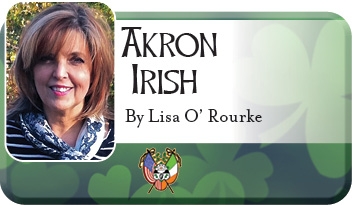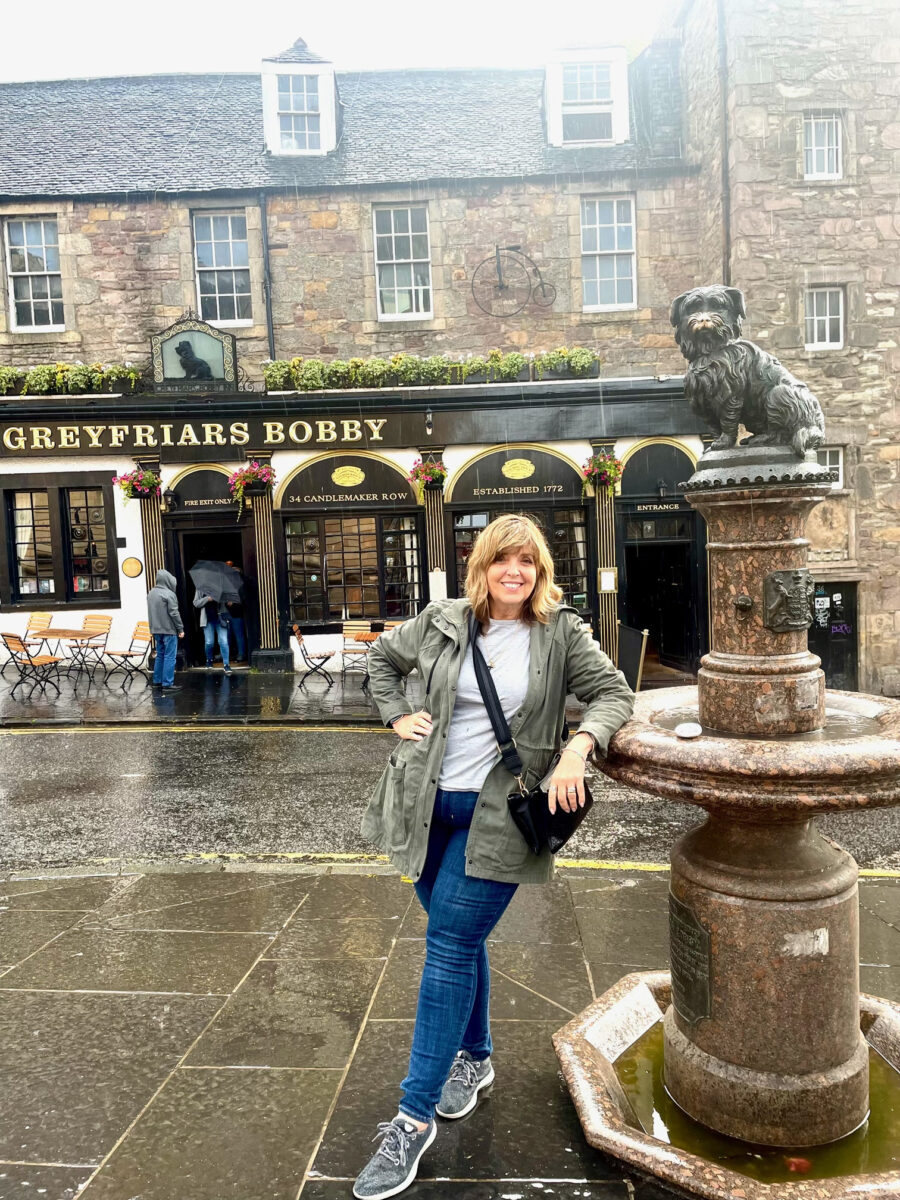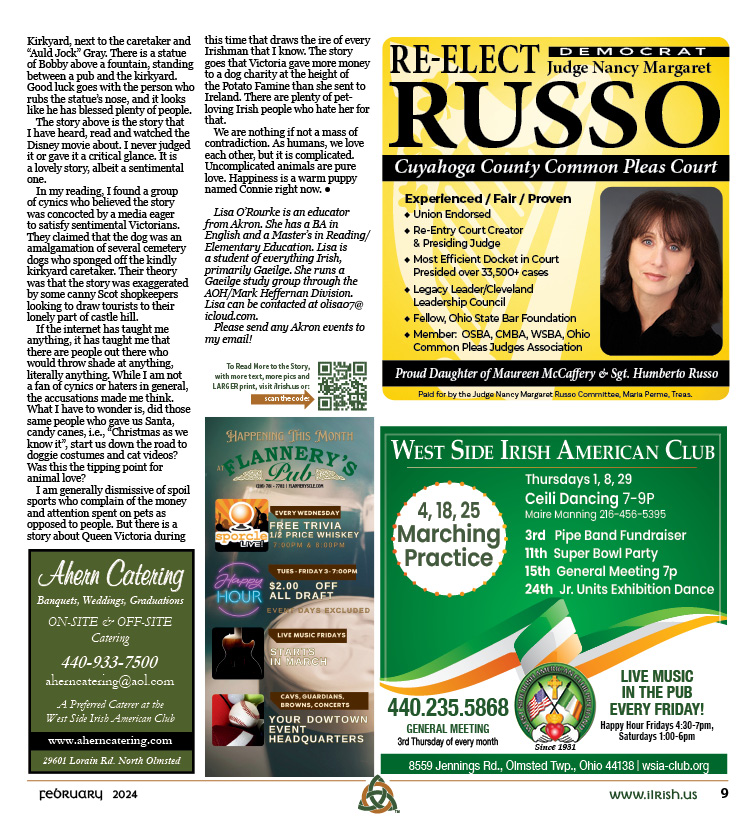

By Lisa O’Rourke
A lovely lady entered our home recently. Connie, with her beautiful auburn tresses, walked in like the queen of the county she is named for, Connaught. And we let her, nothing is too good, best spot on the sofa, what can we do for you, all of the trimmings of regal life at her paws.
Connie is an Irish Setter to be precise. What is it about dogs that makes us go so crazy? We spend a good deal of our disposable income, a shocking amount really, on our pets, and we enjoy every second of it. They are a metaphor for love.
When Did Dogs Become Domesticated?
At what point did this happen for dogs? Primitive man was thinking way more about food and making his life easier when he domesticated animals. Companionship could not have been too high on the list of our ancestors’ needs.
Even in the Victorian era dogs were hard-working. Little dogs ran on wheels that turned cooking spits and other dogs herded farm animals. Dogs’ evolution from the primal campfire to the fireside pillow is a mark of their genius.
This summer, I got an insight into that evolution. I visited Edinburgh, a place I have been several times. Every time I go, I find myself in Greyfriars kirkyard. A kirkyard is the land around a church or a cemetery in Scotland.
Greyfriars kirkyard is as good a gothic Scottish cemetery as you could find, complete with moss and strange names, like Cruikshank. A more wholesome attraction is the grave of Edinburgh’s most famous dog, Bobby, or Greyfriars Bobby as he became.
One of the charming things about Edinburgh is that it has maintained its medieval look, at least in the old city. It is stony, hilly, winding, and dark in many places. It is peppered with little alleys called closes, that spike in and out of steep winding streets.
In the 1850s, public safety was such that watchmen were asked to patrol the streets. Their job was to walk a beat to supplement the sparse gas lamp posts with handheld lamps, vetting the dark corners of the city. Dogs were seen as the best companion for these watchmen.
The story goes that a man, John Gray or “Auld Jock”, was one of these watchmen and his companion dog was a sprightly Skye terrier named Bobby. Not big enough to scare more than vermin, Bobby compensated for his small stature by being vigilant and hard-working as the duo made their rounds around Greyfriars Kirkyard.
Several years passed with the companions walking the dark cobbled streets. Then, tragedy struck. John was ill with and then died from tuberculosis.
He was buried in Greyfriars in a simple grave. The kirkyard caretaker noticed the dog sleeping on the grave. That was not acceptable, no one wanted dogs digging in the cemetery.
The caretaker shooed Bobby away, only to see him back again and again and again. Finally, the caretaker relented and let him sleep on Jock’s grave. The dog walked the city by day but returned to the kirkyard to sleep. He could not be induced to stay inside any house for long.
Bobby’s other striking habit involved his daily meal. Edinburgh Castle sounds a cannon at one o’clock each day to mark time. The boom cued Bobby’s run to 6 Greyfriars Place to eat the dinner prepared for him by the admiring landlord.
Bobby had fans. People were noticing his behavior and sharing his story. Reporters from around Scotland came to write about the loyal little dog.
He almost lost his life to a cab.
He was nursed back to health by the indulgent landlord. It only added to his myth. But it took a court case to make him a four-legged viral sensation in the Victorian era.
Edinburgh had passed a law in the 1860s to reduce the number of stray dogs. Dog owners had to pay a tax of a few shillings to show ownership of their dog. Who could pay for Bobby when the man to whom he showed allegiance was unable to pay for him?
First the landlord attempted to pay and then the caretaker, but the court found all of them wanting. A number of people in the city tried to support Bobby, since no one wanted him put down.
Eventually, the Lord Provost of Edinburgh paid his fees and bought him a collar. The publicity generated by the case brought more reporters and curiosity seekers from around Scotland and the UK. Crowds came to watch him run for his dinner at the one o’clock cannon.
The independent little dog found the attention too much. Queen Victoria, who had become piqued in Skye terriers, even took an interest in the story of the little dog.
Bobby died at the age of sixteen, January 14, 1872. He had spent a little over two years with Auld Jock, and fourteen years sleeping on his grave.

Greyfriars Kirkyard
Edinburgh paid tribute to Bobby. He was buried in Greyfriars Kirkyard, next to the caretaker and “Auld Jock” Gray. There is a statue of Bobby above a fountain, standing between a pub and the kirkyard. Good luck goes with the person who rubs the statue’s nose, and it looks like he has blessed plenty of people.
The story above is the story that I have heard, read and watched the Disney movie about. I never judged it or gave it a critical glance. It is a lovely story, albeit a sentimental one.
In my reading, I found a group of cynics who believed the story was concocted by a media eager to satisfy sentimental Victorians. They claimed that the dog was an amalgamation of several cemetery dogs who sponged off the kindly kirkyard caretaker. Their theory was that the story was exaggerated by some canny Scot shopkeepers looking to draw tourists to their lonely part of castle hill.
If the internet has taught me anything, it has taught me that there are people out there who would throw shade at anything, literally anything. While I am not a fan of cynics or haters in general, the accusations made me think. What I have to wonder is, did those same people who gave us Santa, candy canes, i.e., “Christmas as we know it”, start us down the road to doggie costumes and cat videos? Was this the tipping point for animal love?
I am generally dismissive of spoil sports who complain of the money and attention spent on pets as opposed to people. But there is a story about Queen Victoria during this time that draws the ire of every Irishman that I know.
The story goes that Victoria gave more money to a dog charity at the height of the Potato Famine than she sent to Ireland. There are plenty of pet-loving Irish people who hate her for that.
We are nothing if not a mass of contradiction. As humans, we love each other, but it is complicated. Uncomplicated animals are pure love. Happiness is a warm puppy named Connie right now.
See More of Lisa’s Akron Irish columns HERE





*Lisa O’Rourke is an educator from Akron. She has a BA in English and a Master’s in Reading/Elementary Education.Lisa is a student of everything Irish, primarily Gaeilge. She runs a Gaeilge study group at the AOH/Mark Heffernan Division.She is married to Dónal and has two sons, Danny and Liam. Lisa enjoys art, reading, music, and travel. She enjoys spending time with her dog, cats and fish. Lisa can be contacted at [email protected].
Please Send Akron area events to my email so we can share them with our readers!


ends

Monthly newsmagazine serving people of Irish descent from Cleveland to Clearwater. We cover the movers, shakers & music makers each and every month.
Since our 2006 inception, iIrish has donated more than $376,000 to local and national charities.
GET UPDATES ON THE SERIOUS & THE SHENANIGANS!